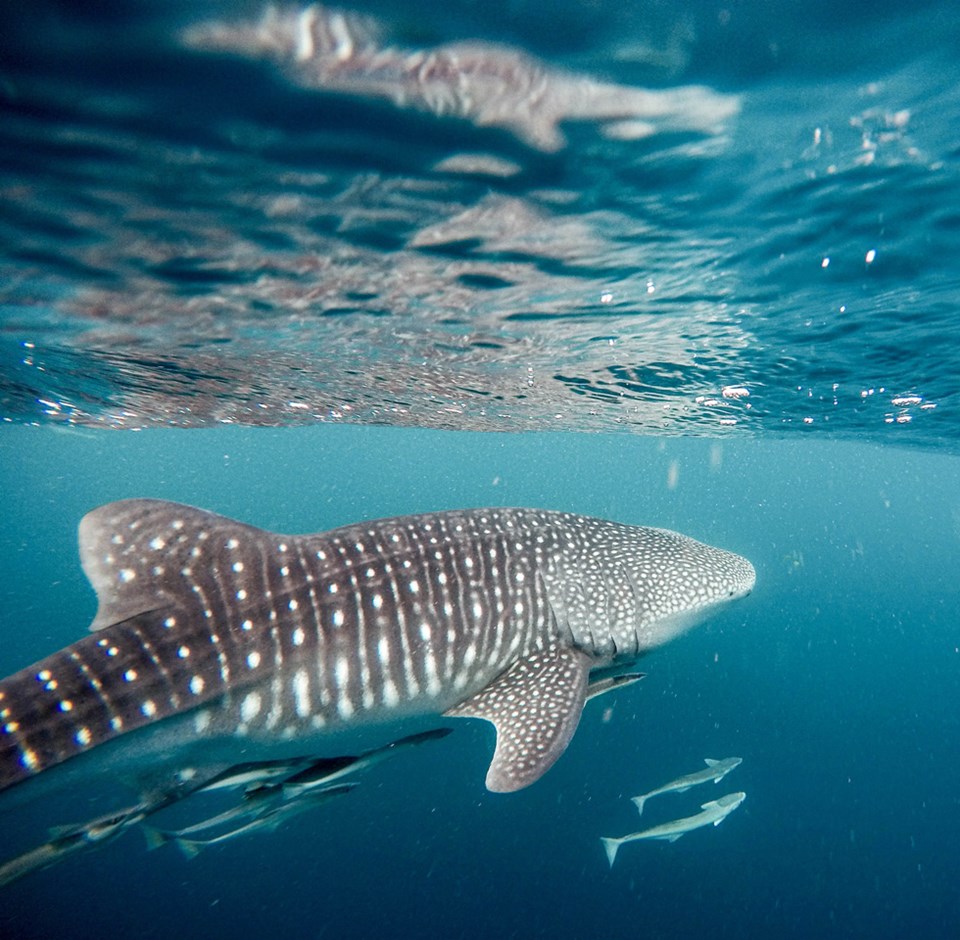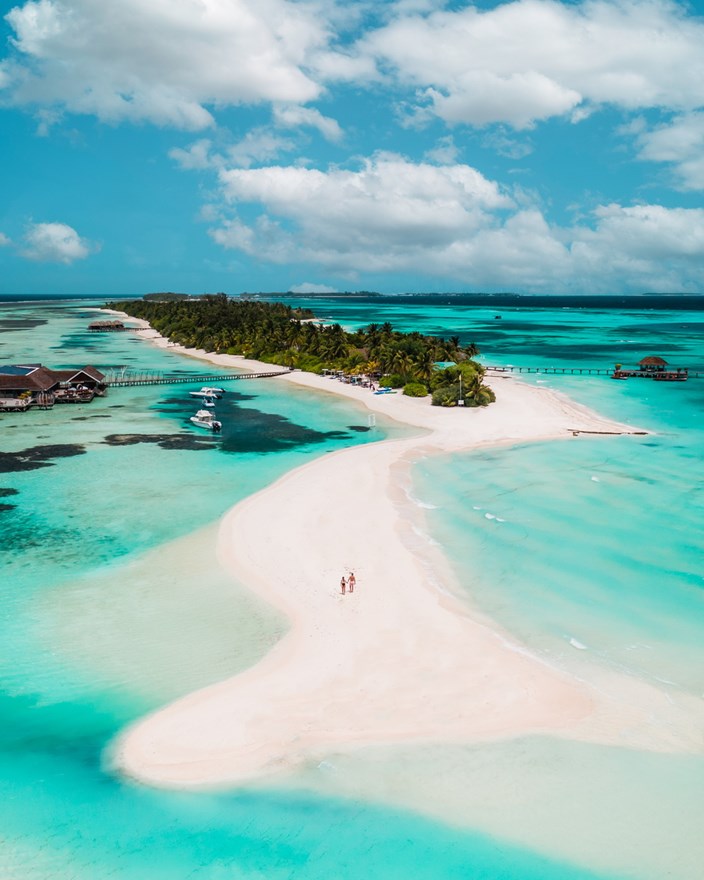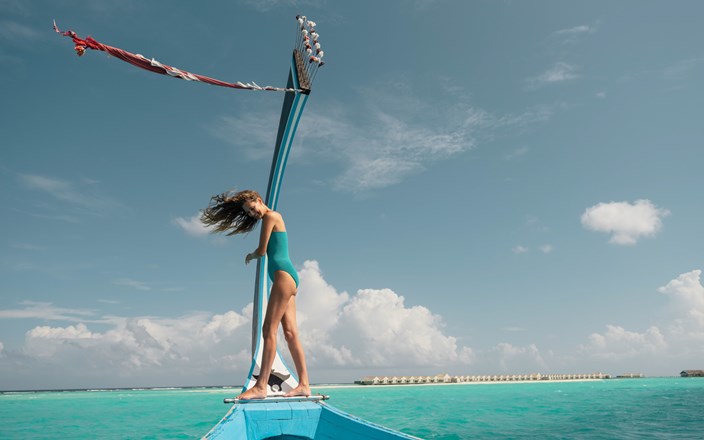1. The sales conditions for the reserved rate or package specify the terms for cancelling and/or changing the reservation.
2. For properties: LUX* Grand Baie, LUX* Belle Mare, LUX* Le Morne, LUX* Grand Gaube and LUX* Saint Gilles: Prepaid reservations can be changed or cancelled free of charge up to 14 days prior to arrival; thereafter 100% of stay charged; No-Show: 100% of stay charged.
For LUX* Marijani Zanzibar: Prepaid reservations can be changed or cancelled free of charge up to 30 days prior to arrival; thereafter, 100% of stay charged; No-Show: 100% of stay charged.
For LUX* South Ari Atoll, Maldives, the following applies:
- Until 30.09.2025: Prepaid, refundable, and amendable up to 14 days prior to arrival. Thereafter and for a No-Show 100% charged.
- From 01.10.2025 to 22.12.2025: Prepaid, refundable, and amendable up to 30 days prior to arrival.Thereafter, and for a No-Show 100% charged.
- From 23.12.2025 to 05.01.2026: Prepaid, refundable, and amendable up to 45 days prior to arrival. Thereafter, and for a No-Show 100% charged.
- From 06.01.2026 to 31.01.2026: Prepaid, refundable, and amendable up to 30 days prior to arrival. Thereafter, and for a No-Show 100% charged.
If ever the reservation includes non-refundable components, it will be stipulated in the sales conditions for the rate or package.
3. Membership flexible rate can be changed or cancelled free of charge up to 7 days prior to arrival; thereafter 100% of stay charged; No-Show: 100% of stay charged.
4. When the sales conditions for the reserved rate or package allow:
- The reservation can be cancelled via the “Contact Us” section on www.luxresorts.com website or by contacting Customer Services on the contact details stated above in Article 9 in Terms and Conditions.
- Changes to the reservation can be made with Customer Services, whose contact details are stated on the reservation confirmation sent by email and in Article 9 above.
5. In the event that the stay is interrupted, the agreed price will be paid in full. No reimbursement will be given for a prepaid reservation.
6. Unless expressly stated otherwise, the customer must vacate the room before 12 p.m. on the last day of the reservation, unless otherwise stated in the rate conditions booked. Failure to do so shall result in the customer being billed for an extra night.
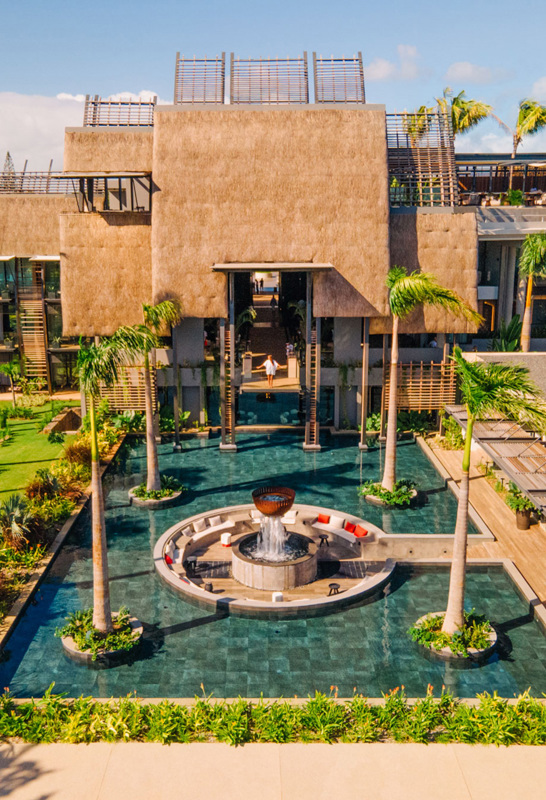

An innovatively elegant resort in Grand Baie, Mauritius, where new luxury blends with tropical island living
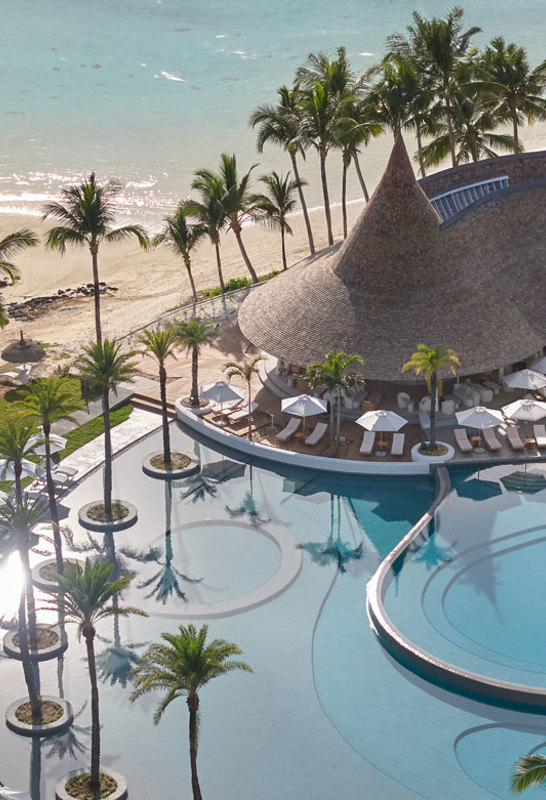

A spirited, forward-thinking luxury hotel on the east coast of Mauritius where minimal and tropical come together magically for an extraordinary holiday
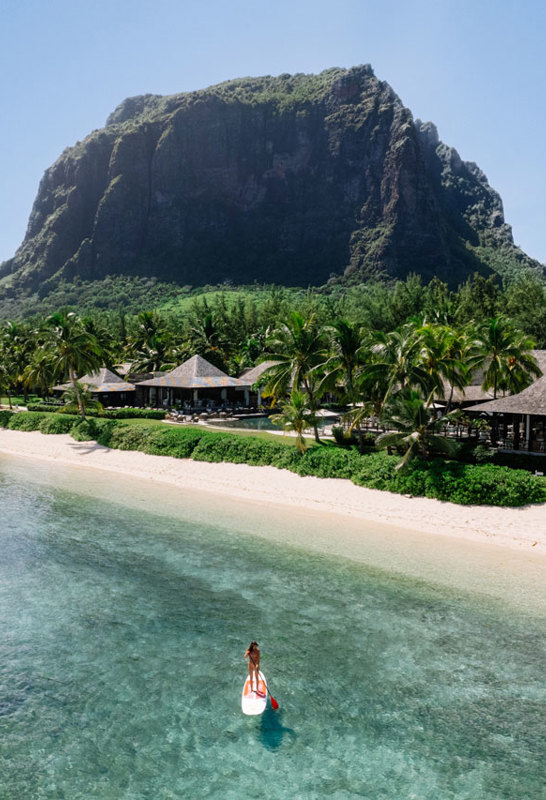

A mindful tropical resort on the wild west coast of the island
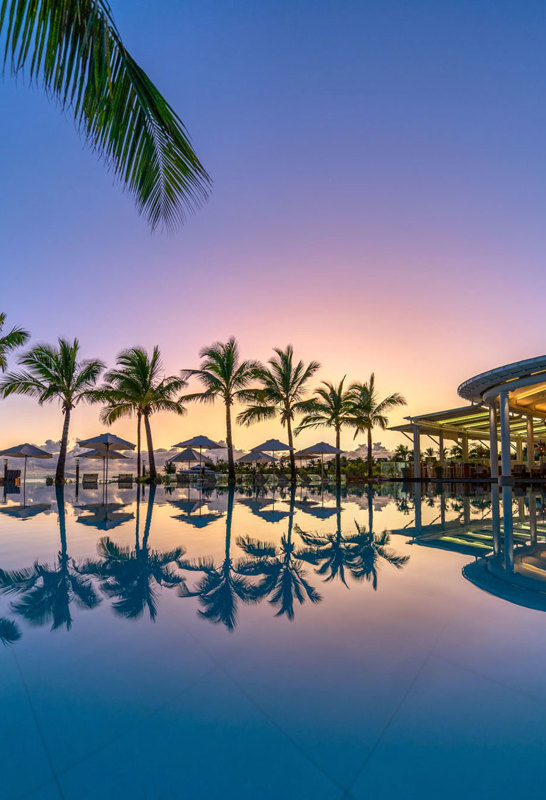

A totally reimagined retro-chic tropical resort in Grand Gaube, on the north coast of the island
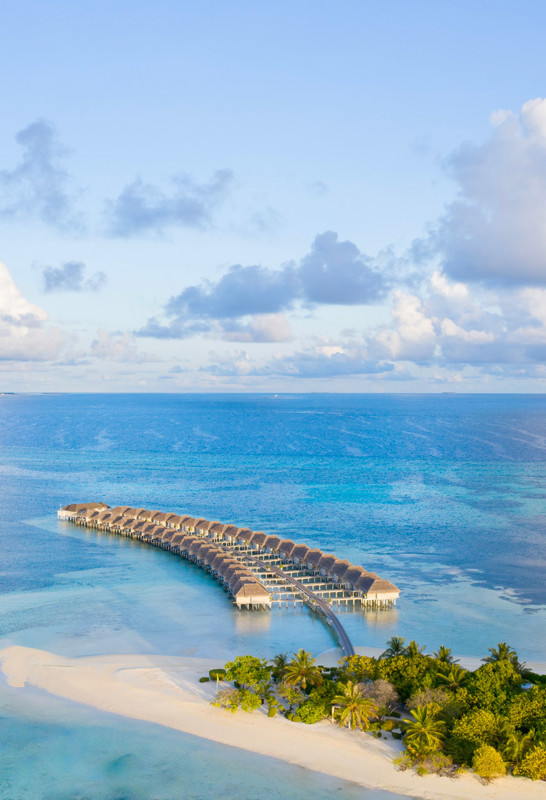

A luxury resort in Maldives where you can experience the best of island living on your very own paradise islet
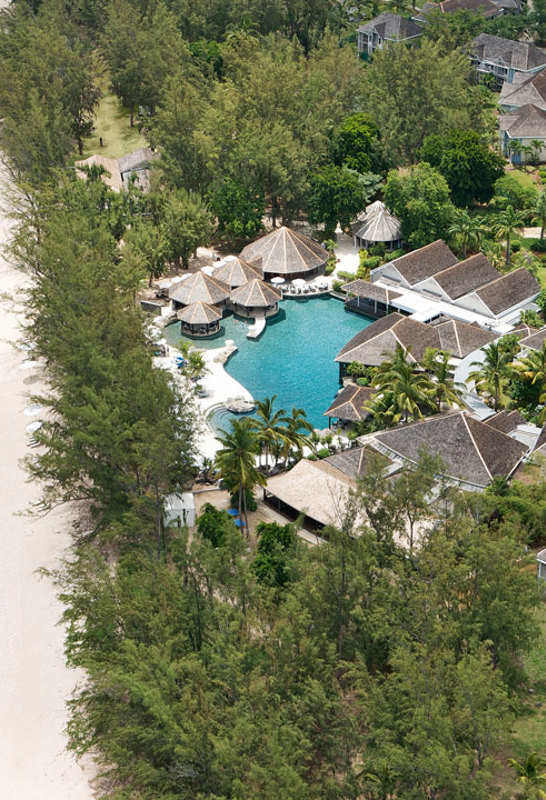
Reunion Island’s only five-star hotel nestled on the beach is a colonial gem fringed by a calm lagoon
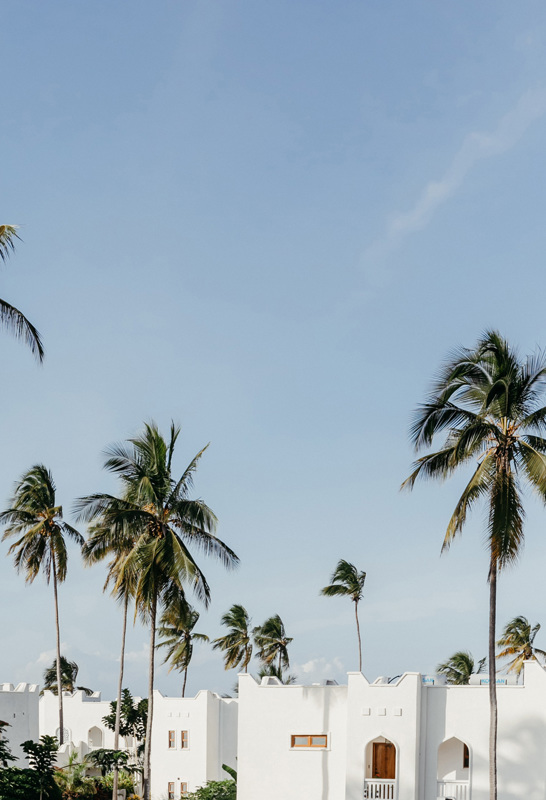
A spirited boutique resort in Zanzibar, inspired by the Spice Islands’ storied past and set on the iconic beach of the peaceful East coast
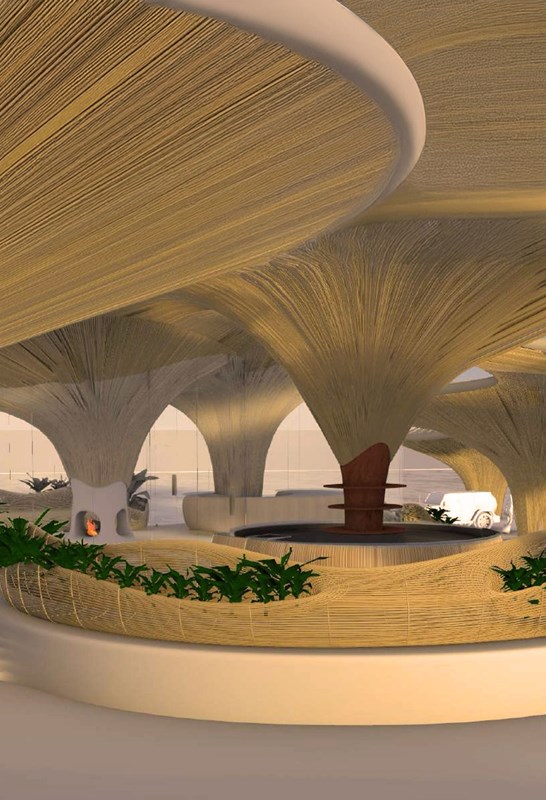
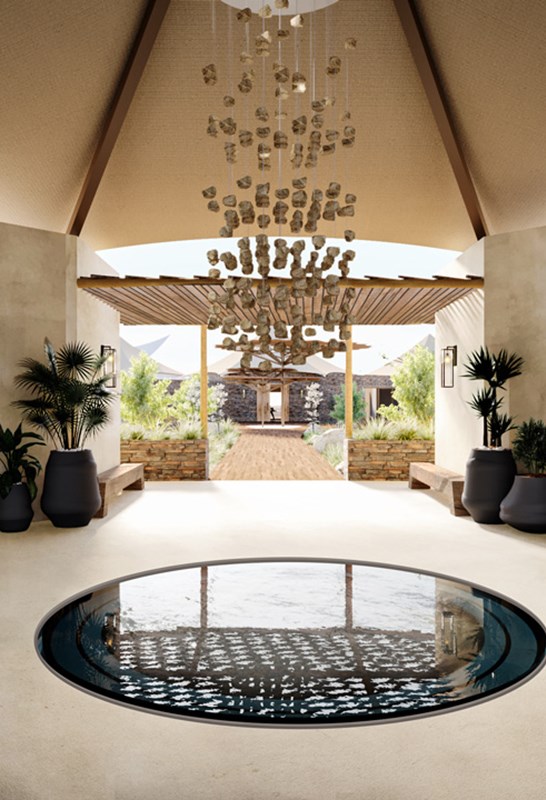
A restorative, contemporary retreat in the arabian wilderness that marks a new era of luxury living in the wild
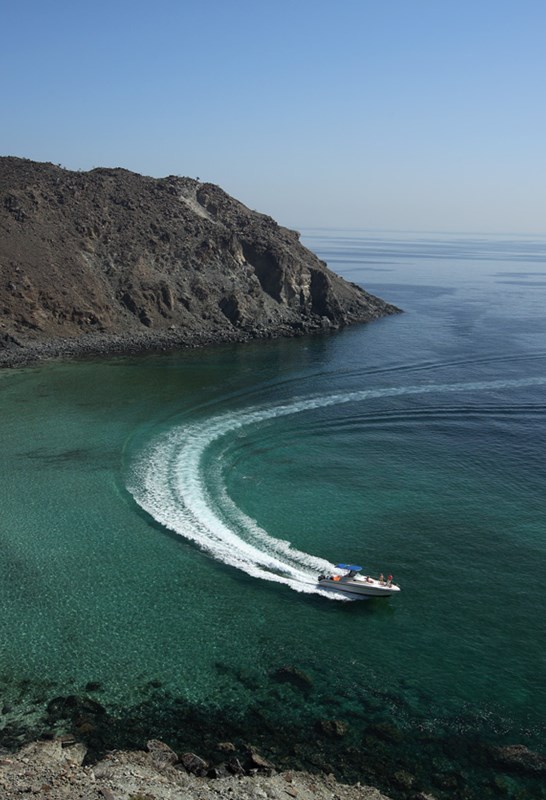
A luxurious beach resort overlooking the Gulf of Oman that immerses you in the vibrant local culture
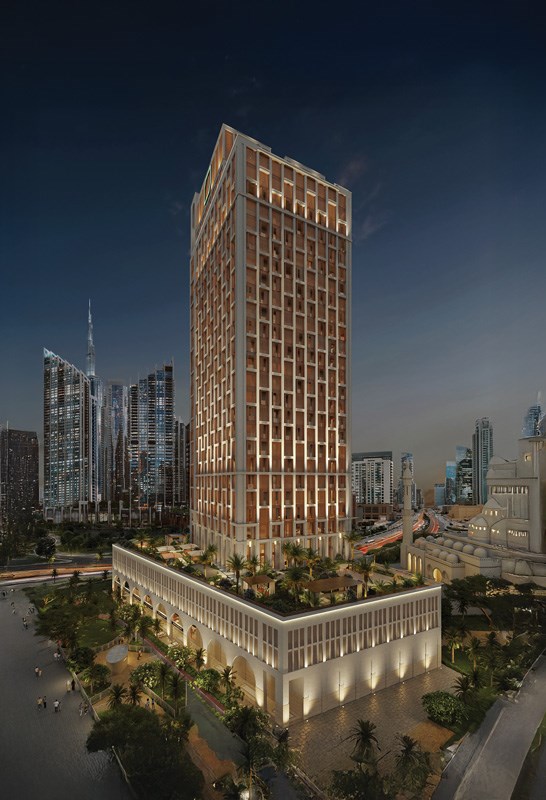
A sophisticated and artfully curated luxury residences nestled in the vibrant urban city of Dubai, that ushers the journey into a nature-inspired sanctuary and elevated conscious living.
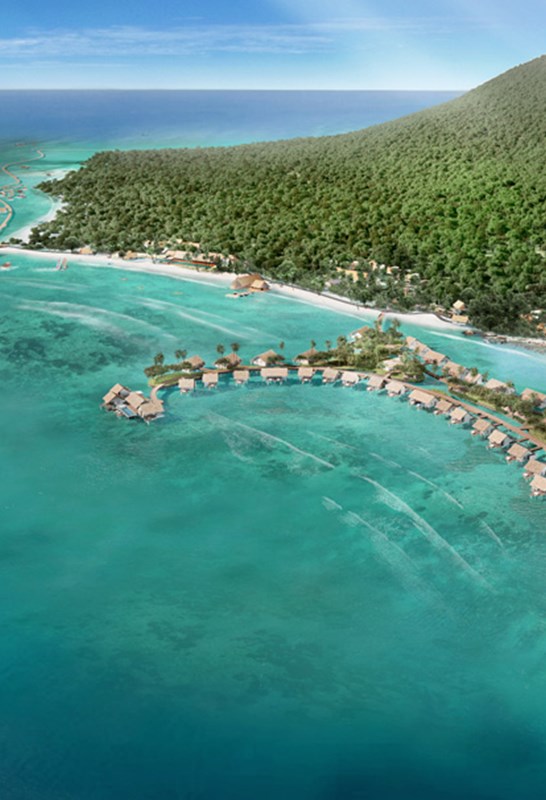
LUXNAM* Phu Quoc, Vietnam’s first overwater resort, is a modernist gem tucked between the jungle and the beach of remote Phu Quoc island
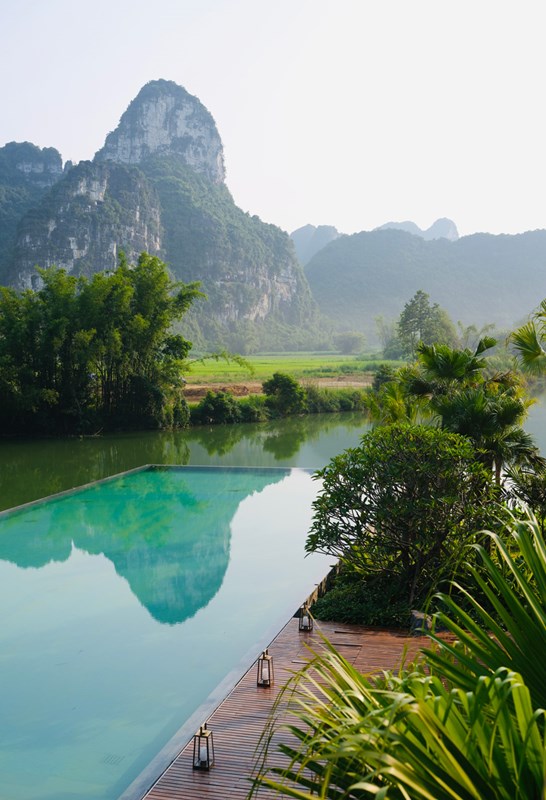
This tropical modernist boutique luxury resort is as beautiful and astonishing as the surrounding countryside at the edge of China and Vietnam



An urban resort that irresistibly combines modernity, contemporary art and the warmth of LUX* for an extraordinary experience of Guangzhou
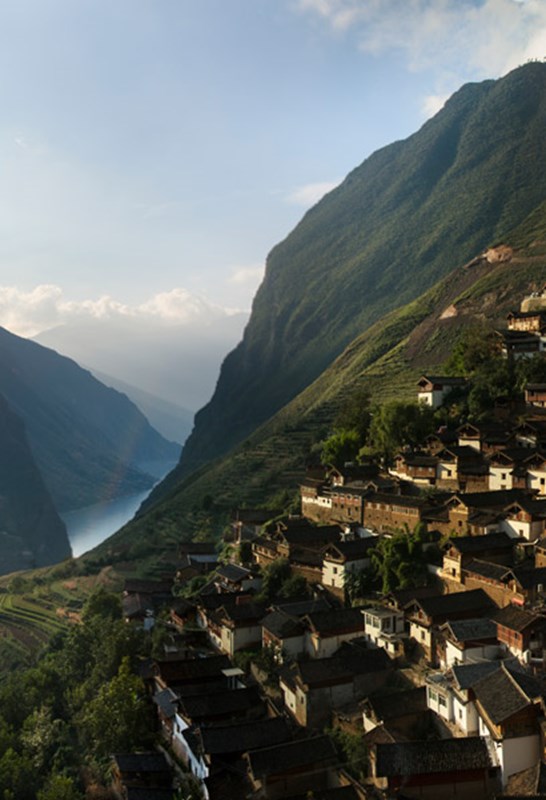
A unique collection of retreats and hotels along the mystical Tea Horse Road, where the journey is the destination

A beautifully designed boutique hotel on the riverbank of Yangtze River in Benzilan, the gateway to Tibetan culture
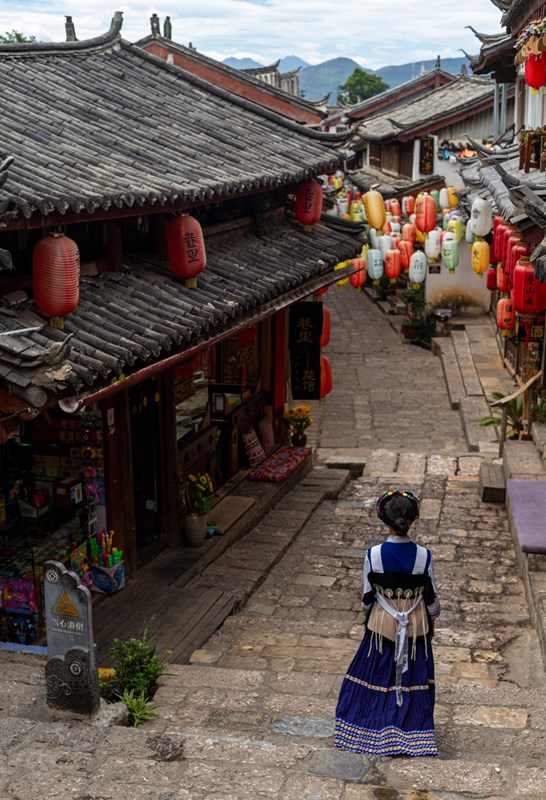
A luxury townhouse at the buzzing heart of the Old Town of Lijiang, home to Naxi culture
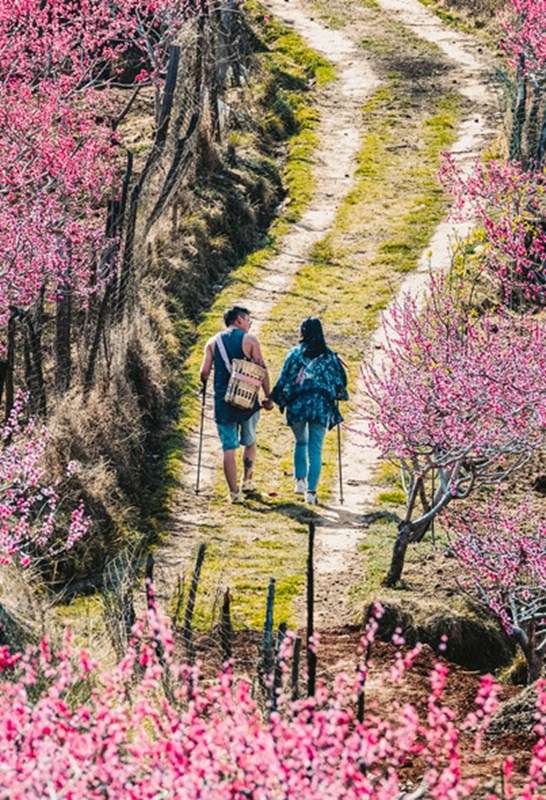
A 17-room luxury retreat with a chic design tucked away in a valley of rolling hills and peach orchards
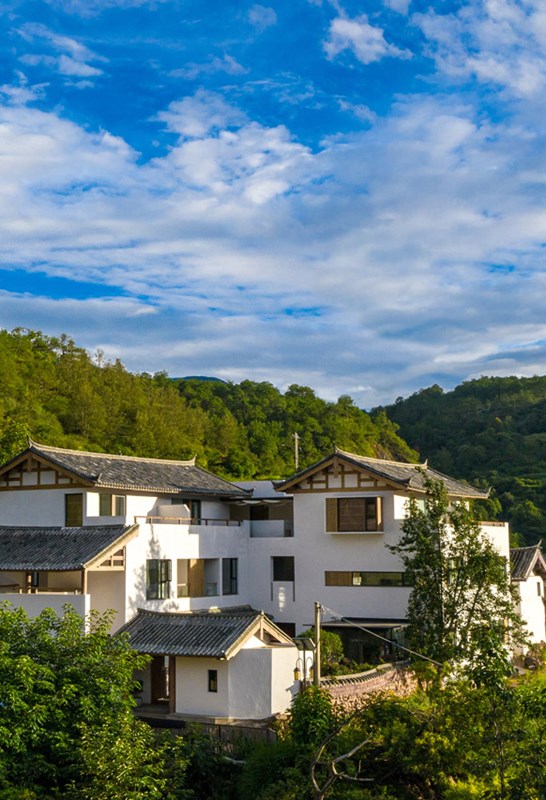
A 15-room luxury retreat at the door of one of the world's oldest living cultures
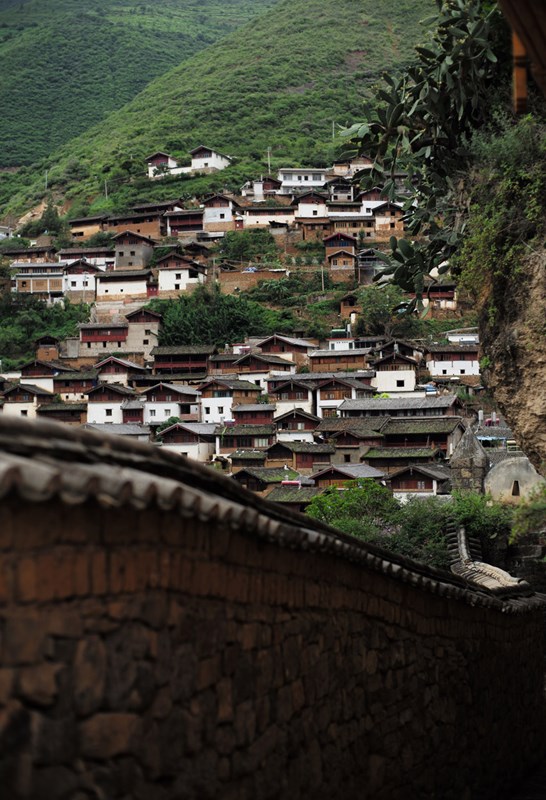
A 6-room haven of peacefulness at the beating heart of a Naxi village on a rocky cliff overlooking the Jinsha river
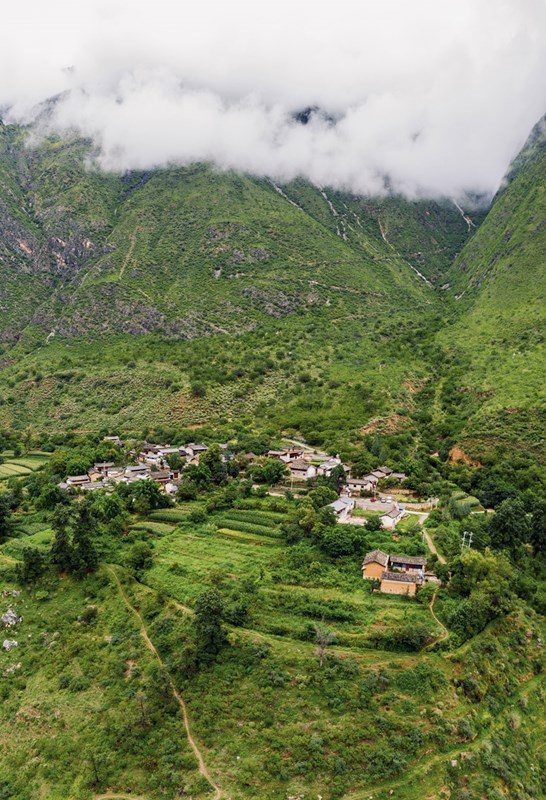
A contemporary 18-room luxury retreat surrounded by farmland, where the slow-moving way of life is embraced wholeheartedly

A gorgeous, contemporary 18-room hotel at the heart of mythical Shangri-La, where Tibetan culture is well-woven into the fabric of the town
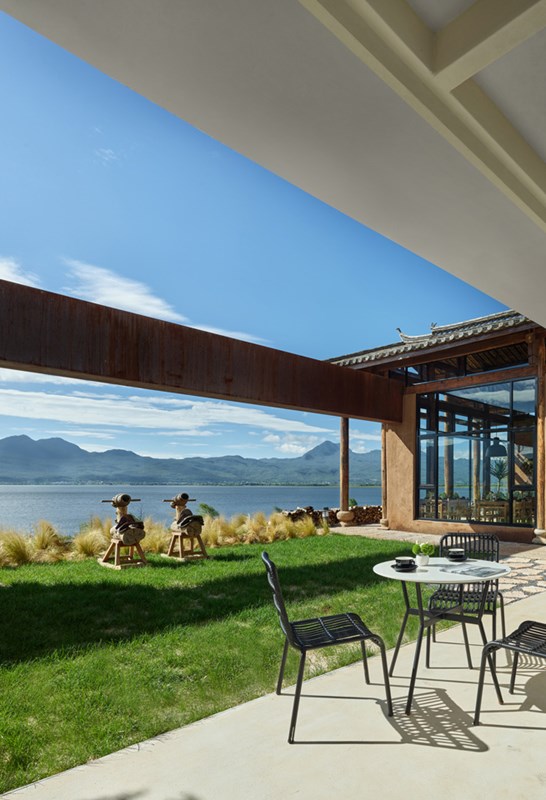
A 9-room modernist lakeside retreat set on the riverbanks of Lashi Lake, a natural wetland reserve
